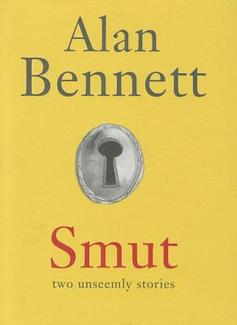 After the BBC’s disastrous television production of Gormenghast, the trilogy of novels by Mervyn Peake, they are now making amends with a splendid radio adaptation. It’s impossible to translate that Gothic creation of arcane, stultifying rituals and trapped flights of fancy, all captured within a seemingly endless maze of stone corridors, towers and parapets, in a flat visual plane. All the television production did is recreate a gallery of grotesques, rendered ridiculous by too literal images. Gormenghast needs the infinitely liberating power of the imagination, something radio does perfectly.
After the BBC’s disastrous television production of Gormenghast, the trilogy of novels by Mervyn Peake, they are now making amends with a splendid radio adaptation. It’s impossible to translate that Gothic creation of arcane, stultifying rituals and trapped flights of fancy, all captured within a seemingly endless maze of stone corridors, towers and parapets, in a flat visual plane. All the television production did is recreate a gallery of grotesques, rendered ridiculous by too literal images. Gormenghast needs the infinitely liberating power of the imagination, something radio does perfectly.
I remember falling into the novels and knowing nothing of ordinary reality until I emerged, dazed at the end. A superb fantasy, so grounded in detail that its world seemed as solid as real life. If anything, real life seemed a bit gray and tenuous for a while afterwards. I fell in love with Fuschia Groan, hating the upstart Steerpike for his cynical pursuit of her, while being forced to admire his ambition and determination to overthrow the Groan dynasty.
So here it is, starting with the first of six episodes, and available for about four weeks.
http://www.bbc.co.uk/programmes/b016ljn0
Best of all, though, is to read the novels. Here’s the opening paragraph of Titus Groan, first novel in the trilogy.
Gormenghast, that is, the main massing of the original stone, taken by itself would have displayed a certain ponderous architectural quality were it possible to have ignored the circumfusion of those mean dwellings that swarmed like an epidemic around its outer walls. They sprawled over the sloping earth, each one halfway over its neighbour until, held back by the castle ramparts, the innermost of these hovels laid hold on the great walls, clamping themselves thereto like limpets to a rock. These dwellings, by ancient law, were granted this chill intimacy with the stronghold that loomed above them. Over their irregular roofs would fall throughout the seasons, the shadows of time-eaten buttresses, of broken and lofty turrets, and, most enormous of all, the shadow of the Tower of Flints. This tower, patched unevenly with black ivy, arose like a mutilated finger from among the fists of knuckled masonry and pointed blasphemously at heaven. At night the owls made of it an echoing throat; by day it stood voiceless and cast its long shadow.





